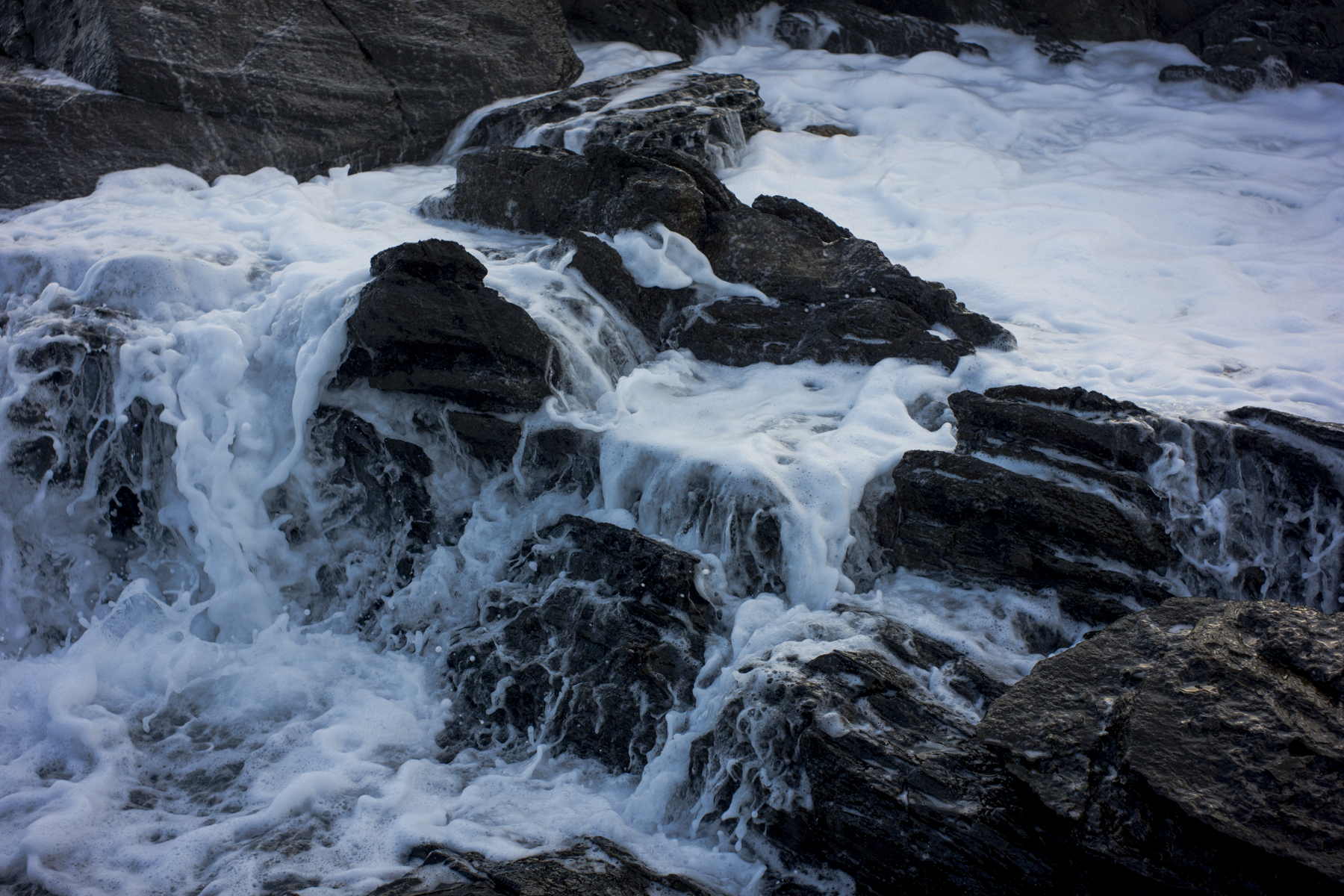On Saturday it was overcast with passing rain squalls so we went for a drive to Zeehan in the afternoon. I wanted to to photograph the ruins of the old smelter using the 5×4 Linhof. I’d scoped this on my last visit to Queenstown a year ago.

I stuck closely to what I’d scoped last year as time was short—the squalls returned just as I was finishing the planned pictures of ‘ruins as history’. After looking at the digital images I took whilst on location this time, I can see that I need to return to the site to take more. There was more here than I’d realized.










